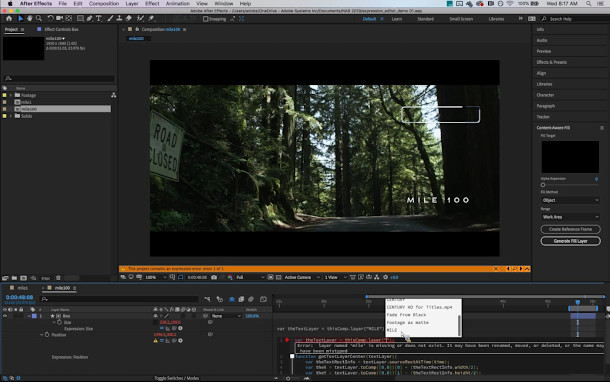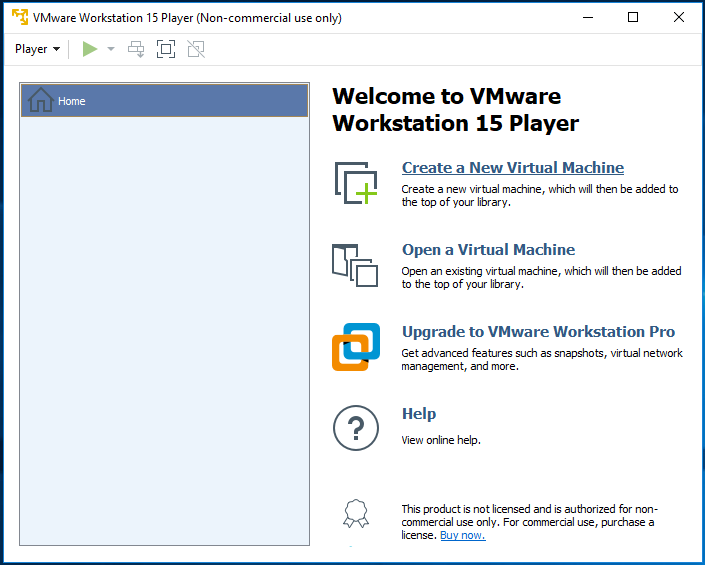Top Tips To Selecting Free Keygens For Software
Wiki Article
What Is Adobe After Effects 7 And What Is The Difference Between Versions 2014 2020, Cs6 And Cs6? How Do I Get Free?
Adobe After Effects can be used to create visual effects and motion graphics for film, television, and other forms of media. Adobe After Effects versions are listed below. After Effects 7 was launched in the year 2006. It introduced motion graphics templates as well as scripting improvements.
After Effects CS6 The version was released in 2012 and introduced new features like the ability to bevel and extrude 3D text and shapes, and the ability to use a Global Performance Cache to improve the performance of previews.
After Effects Cc 2014: The year's version added new features, including an Live 3D Pipeline in Cinema 4D and mask trackers as well as a playback engine.
After Effects CC2020: This update was made in 2019 and introduced new features like the ability to use expressions to alter the text layer. Additionally, it enhanced performance when working with VR.
After Effects has improved in performance and features. The latest versions of After Effects tend to be more sophisticated and have better performance while older versions may not have the most recent features, and could not be compatible for newer operating systems. It's important to remember that Adobe currently uses a subscription model for After Effects and other Creative Cloud applications, meaning that users have access to the most recent version of the software for as long as they continue to maintain their subscription. Have a look at the best https://digitalsoftwares.in/ for blog recommendations.

What Exactly Is Fxsound Enhancer What Is Fxsound Enhancer, And What Are The Different Versions? How Do I Get Free?
FxSound Enhancer will enhance the audio quality in digital format, such as movies and music. FxSound Enhancer is a software tool that employs advanced algorithms for audio enhancement. It enhances the clarity, depth and clarity to sound.
FxSound Enhancer Free: This minimal version offers basic sound enhancement features such as 3D Surround. Dynamic Boost.
FxSound Enhancer Plus is a variant of the software that comes with all its features, and also additional features such an audio equalization with 10 bands, customizable presets, access to Premium Audio presets.
FxSound Enhancer Premium - The most advanced version has all the features of the Plus Version, as well as access to high-quality audio streams, presets for premium audio, as well as an audio player.
FXSound Enhancer comes in various versions, each having its own tools and features. The Free version only allows basic sound enhancement. However, the Plus version comes with additional features and tools for customizing audio. The Premium edition comes with the most sophisticated features, including access to high-quality streaming audio and using an advanced media player. Check out the recommended https://digitalsoftwares.in/ for site info.

What Are The Main Differences Between Recuva Pro's Different Versions? How Do I Get Free?
Recuva Pro, developed by Piriform (a subsidiary of Avast) is a program for data recovery. It allows users to recover deleted files and folders from a variety of storage devices, like hard drives, USB drives, memory cards, and more. Recuva Pro has different versions with different features.
Free version The basic version of Recuva Pro and is available for free. It can retrieve deleted documents from all types of storage media. But it's only limited with paid versions.
This version has extra features, like deep scanning which can recover data from damaged or formatted disks. Also included are priority customer support and automated updates.
Professional Plus version : This version contains all of the features from the Professional version, as well as secure deletion. Users can permanently delete files or folders.
In general, the various versions of Recuva Pro offer varying levels of features and capabilities including the free version offering the least capabilities and the Professional Plus version being the most sophisticated. The version should be chosen according to the user's needs and budget. View the top https://digitalsoftwares.in/ for blog recommendations.

What Is Vmware Workstations And What Differences Exist Between Them? How Do I Get Free?
VMware Workstation allows users to run multiple virtual machines on a single computer. VMware Workstation has different features that allow users to move seamlessly between different virtual machines. Here's a brief overview.
VMware Workstation 6.5: This was launched in 2008, and was the first version to be able to run Windows Vista and 64-bit operating systems.
VMware Workstation 8: This version, which was released in 2011, added features like multi-touch and USB 3.0 support.
VMware Workstation 10 Version 10 was launched in 2013 and introduced support for Windows 8.1 and brand new virtual hardware features, such as SSD pass-through and Intel Haswell CPU performance optimizations.
VMware Workstation 12, launched in 2015, introduced Windows 10 support as well as new virtual hardware capabilities such a support for DirectX 10 and 3D graphics.
VMware Workstation 14. The version that was released in 2017, included support for Windows 10 and Linux OS versions, as well as brand new technologies such as UEFI Secure Boot.
VMware Workstation 16. This version, which was released in 2019, is compatible with Windows 10 (the latest version) and Ubuntu. Additionally, it comes with support for hardware features like Virtual NVMe Devices as well as the virtual Trusted Platform Modul (TPM).
VMware Workstation comes in a number of editions. For example, the Pro and Player versions have various features and functions. The Pro edition is targeted at professionals, and includes more advanced features, such as remote connections and cloning. It also works with vSphere. The Player Edition however is designed to be used for personal use. It has a simpler interface and offers fewer features. View the recommended https://digitalsoftwares.in/ for website examples.

What exactly is Microsoft OneNote 2010 and what are the main differences between versions 2007, 2016? How Do I Get Free?
Microsoft OneNote lets you make notes and arrange them. Users can make and organize notebooks that are divided into pages and sections. OneNote lets you collect and save data, build task lists, record audio and video, and collaborate. Below is a brief description of recent versions.
OneNote 2010: Released in 2010 as part of the Office 2010 suite, OneNote 2010 introduced new features such as linked notes, improved search, as well as the ability to integrate with other Office applications.
OneNote 2007, released in 2007 OneNote added features like improved handwriting detection, as well as the ability to share notebooks.
OneNote 2013. The release of the 2013 version of OneNote. OneNote 13 introduced a fresh design and new features, such as clipping webpages and integrations with cloud-based storage.
OneNote 2016 was released in the year 2015 and was included in the Office 2016 Suite, OneNote 2016 offers a desktop edition of the application that works with Windows 10. It has features like enhanced syncing and share, as well as the ability to create sections and notebooks.
OneNote continues to grow and add new features with each update, making it an even more efficient tool for note-taking.